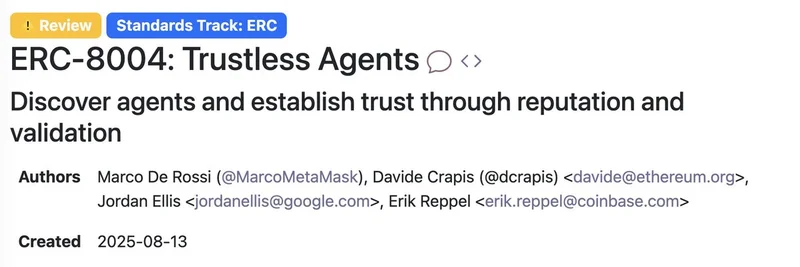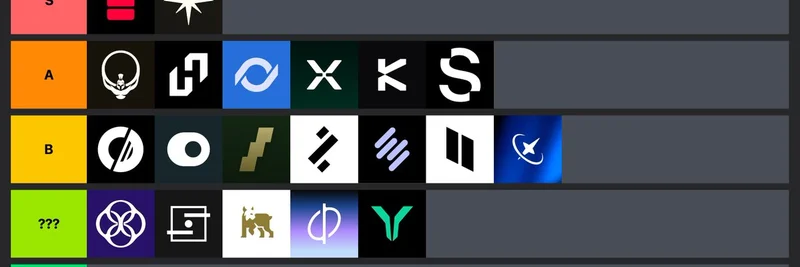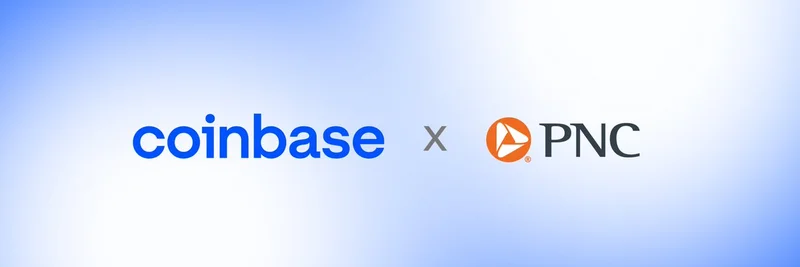Hey there, blockchain enthusiasts! If you've been keeping an eye on the intersection of AI and crypto, you've probably heard the buzz around AI agents. These smart, autonomous programs are set to change how we interact with decentralized systems. Well, things just got a whole lot more exciting with the release of ERC-8004, a new Ethereum standard that's all about making these agents discoverable and trustworthy in a completely decentralized way.
This announcement came straight from Marco De Rossi, AI Lead at MetaMask, via a detailed thread on X. Co-authored with experts from the Ethereum Foundation, Google, and Coinbase, ERC-8004 builds on community feedback to create the foundation for open agent economies. Let's break it down step by step, keeping things simple and straightforward.
Agents as NFTs: Ownership Made Easy
At its core, ERC-8004 treats AI agents like NFTs (non-fungible tokens). That means you can mint them, view them in your wallet, transfer ownership, or even delegate control to operators—all using existing ERC-721 infrastructure. No need for fancy new tools; it plugs right into what we already have on Ethereum.
This setup makes agents portable and user-owned, aligning perfectly with the ethos of decentralized tech. Imagine your AI agent as a digital collectible that actually does useful work, like handling tasks or interacting with other agents.
Portable Discovery: No More Silos
One of the biggest hurdles in AI agent ecosystems is discovery—how do agents find each other without relying on a central directory? ERC-8004 solves this with a logically centralized but permissionless registry. Each agent's NFT points to a registration file that lists its name, skills, capabilities, and endpoints (like A2A for agent-to-agent communication, MCP for model capabilities, or even ENS and DIDs for identity).
The beauty here is portability. Follow the standard, and your agent appears in any explorer built for it. Developers can create their own interfaces, ensuring no single platform locks you in. It's like having a universal phone book for AI agents on the blockchain.
On-Chain Reputation: Building Trust Decentralized
Trust is crucial, especially when agents handle real value. ERC-8004 introduces an on-chain reputation system where anyone can submit scores (from 0 to 100) and custom tags. These signals can be aggregated on-chain for basic composability or analyzed off-chain for more advanced insights. Events and optional IPFS-stored feedback allow for detailed reviews without bloating the blockchain.
This isn't just about ratings—it's the catalyst for distributed reputation systems on Ethereum. Think of it as Yelp meets blockchain, but for AI agents.
Support for MCP and Beyond
ERC-8004 isn't limited to agent-to-agent interactions. It also supports MCP (Model Capabilities Protocol), letting you discover and review prompts, resources, and tools offered by agents. This opens up a world where agents can share capabilities seamlessly.
Plus, it integrates with x402 (a payment proof standard) to weigh feedback based on actual value exchanged, making reviews more meaningful.
Validations Registry: Verifying Agent Work
For high-stakes tasks, reputation alone might not cut it. That's where the Validations Registry comes in. Agents can request checks from validator smart contracts using technologies like TEE oracles (Trusted Execution Environments), stake-secured inference, or zkML (zero-knowledge machine learning) proofs.
It's essentially a plug-and-play system where the community defines and maintains validation logic, while ERC-8004 standardizes how it's discovered and recorded.
Developer-Friendly Features: Gasless and Indexable
To make life easier for builders, ERC-8004 includes gasless feedback flows (thanks to ERC-7702 support) and blends on-chain data with IPFS for straightforward indexing. This means faster UIs and better integration with tools like subgraphs.
No more clunky registrations for clients—just sign and relay. It's all about lowering barriers to entry while keeping everything secure and efficient.
What's Next for ERC-8004?
The full spec is available on the Ethereum Improvement Proposals site here. There's also a press release detailing the launch here. Expect a testnet deployment next week and community-built SDKs soon after.
Marco and the team shout out a ton of contributors from across the ecosystem, highlighting the collaborative spirit behind this. It's reminiscent of early open-source days, and it's paving the way for a future where AI and blockchain truly merge.
If you're into meme tokens or broader blockchain tech, keep an eye on this—AI agents could supercharge trading bots, community tools, and even meme-driven economies. What do you think? Will ERC-8004 spark the next wave of decentralized AI innovation? Drop your thoughts below!



